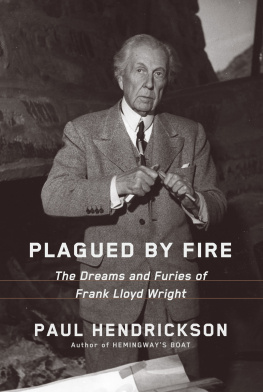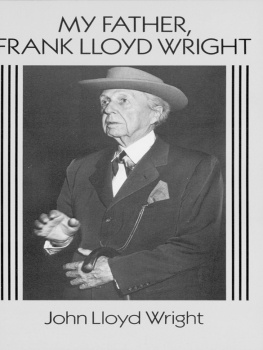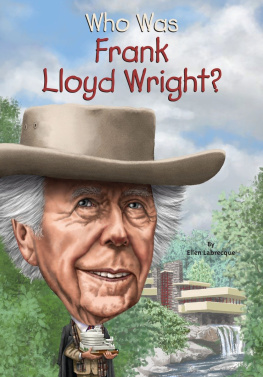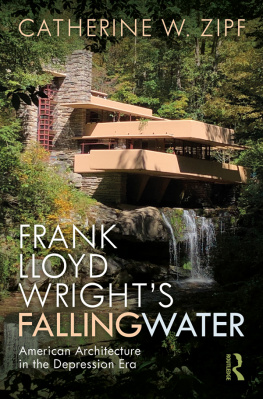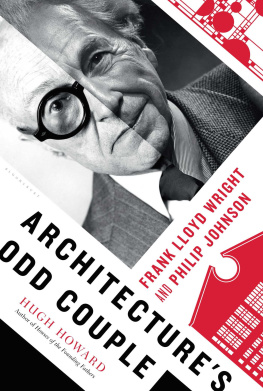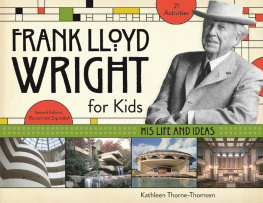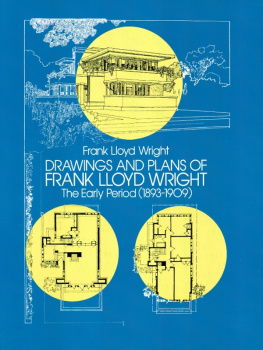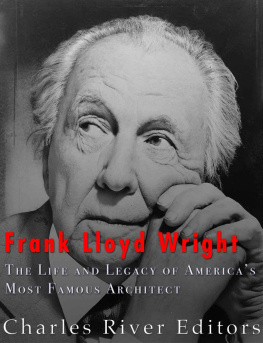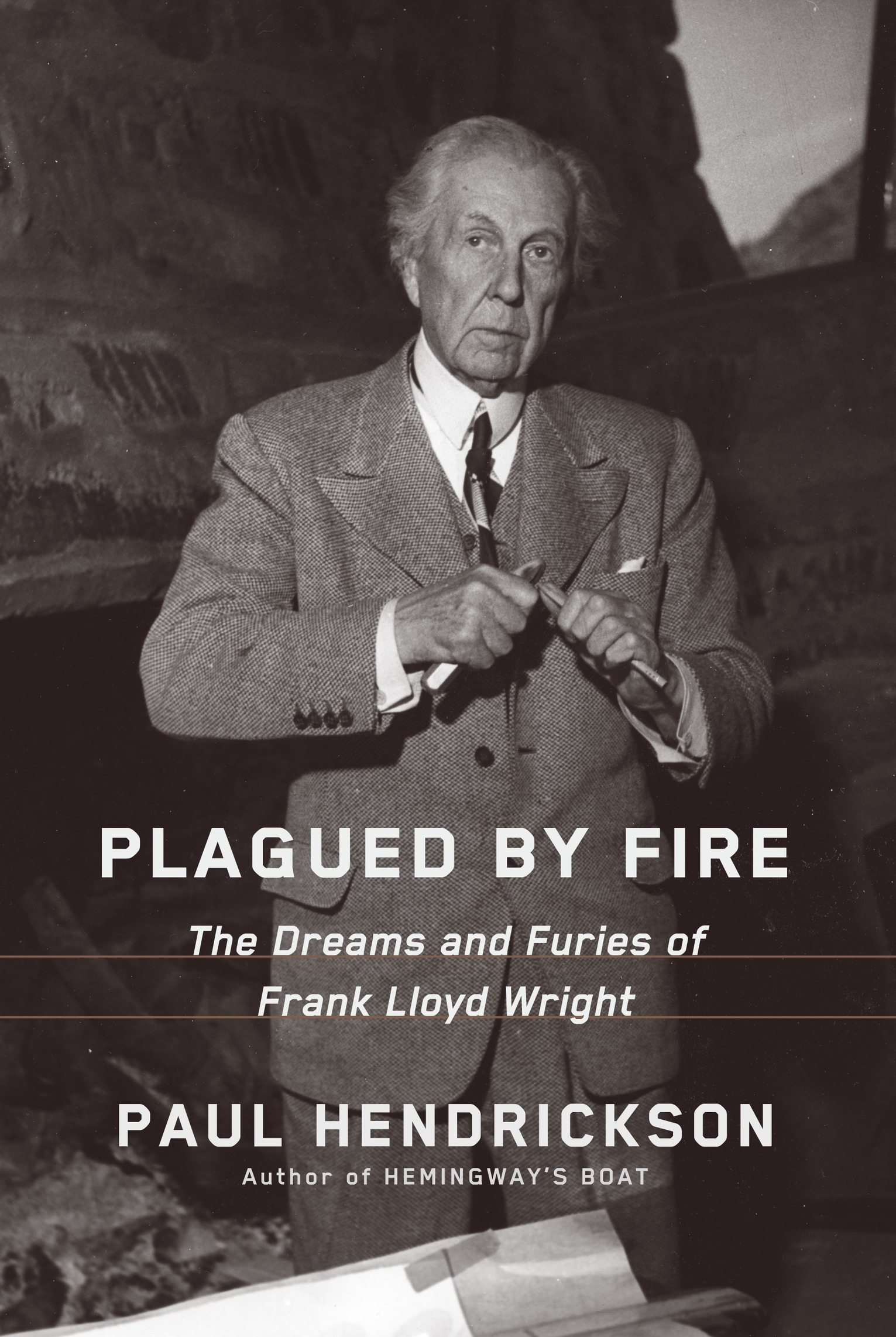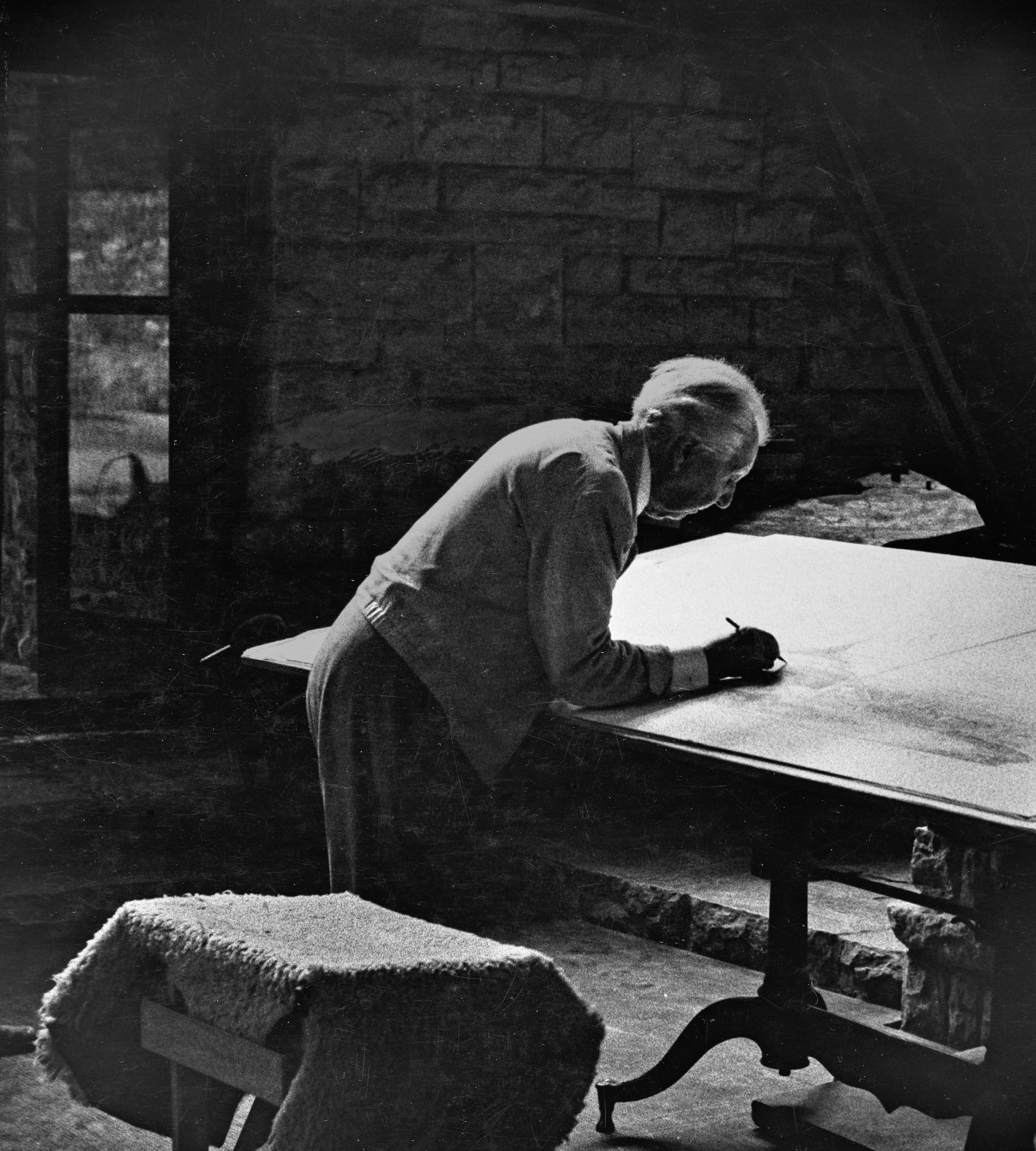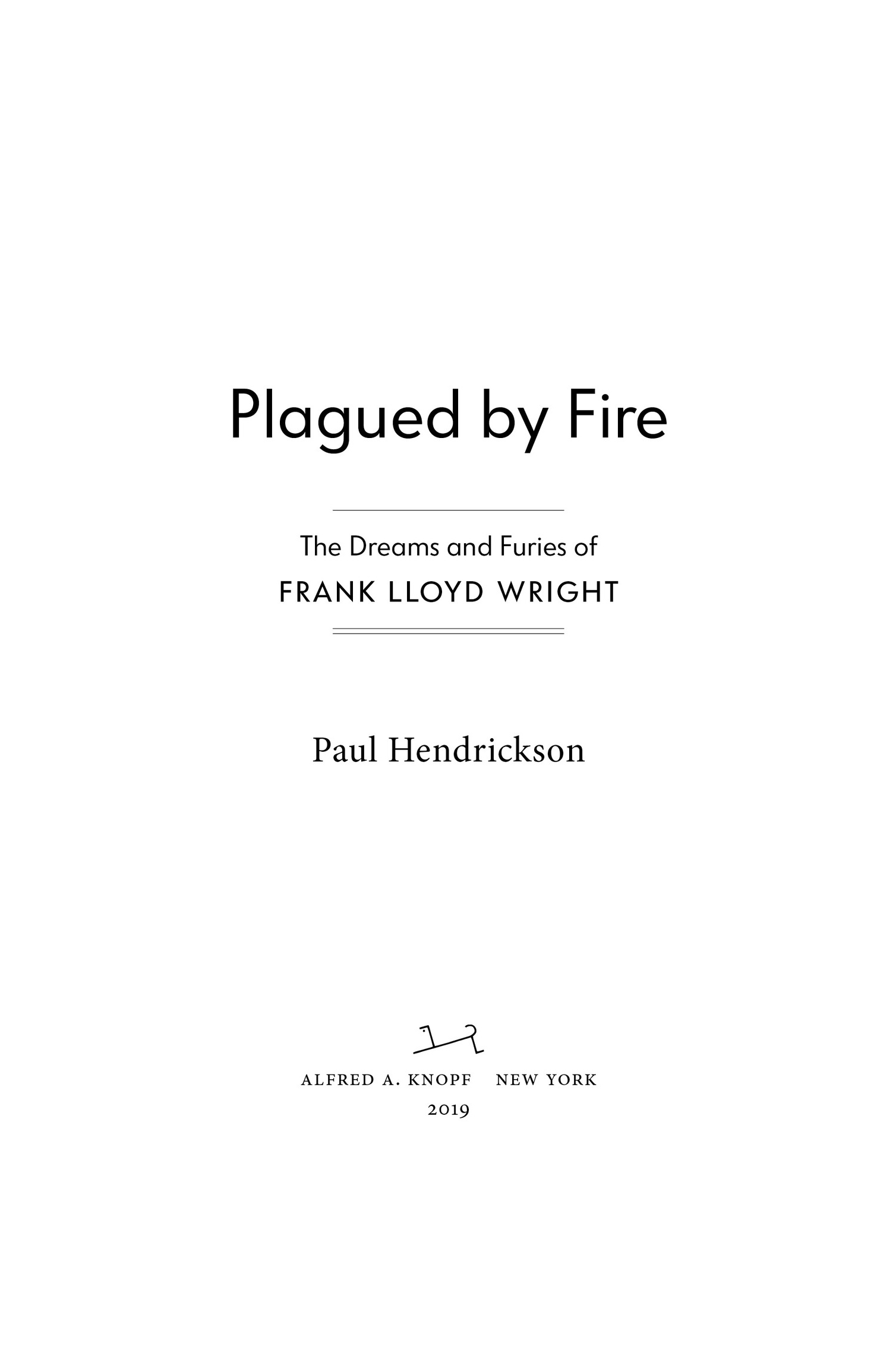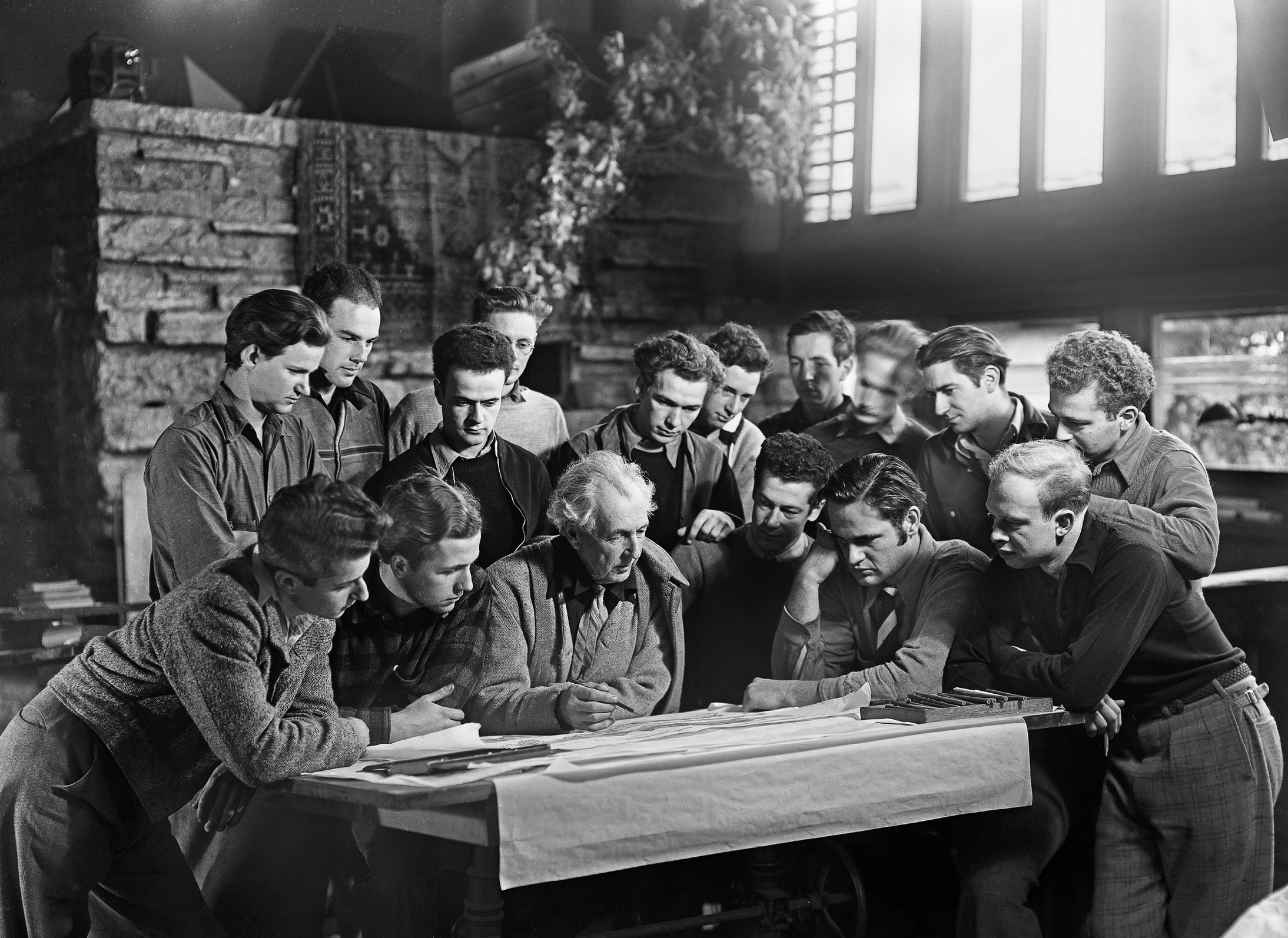ALSO BY PAUL HENDRICKSON
Hemingways Boat:
Everything He Loved in Life, and Lost
Sons of Mississippi:
A Story of Race and Its Legacy
The Living and the Dead:
Robert McNamara and Five Lives of a Lost War
Looking for the Light:
The Hidden Life and Art of Marion Post Wolcott
Seminary: A Search
THIS IS A BORZOI BOOK
PUBLISHED BY ALFRED A. KNOPF
Copyright 2019 by Paul Hendrickson
All rights reserved. Published in the United States by Alfred A. Knopf, a division of Penguin Random House LLC, New York, and distributed in Canada by Penguin Random House Canada Limited, Toronto.
www.aaknopf.com
Knopf, Borzoi Books, and the colophon are registered trademarks of Penguin Random House LLC.
Owing to limitations of space, all acknowledgments for permission to reprint previously published material may be found at the end of the volume.
Library of Congress Cataloging-in-Publication Data
Names: Hendrickson, Paul, [date] author.
Title: Plagued by fire : the dreams and furies of Frank Lloyd Wright / Paul Hendrickson.
Description: First edition. | New York : Alfred A. Knopf, 2019. | This is a Borzoi book published by Alfred A. Knopf. | Includes bibliographical references and index.
Identifiers: LCCN 2018055801 (print) | LCCN 2018056401 (ebook) | ISBN 9780385353663 (ebook) | ISBN 9780385353656 (hardcover)
Subjects: LCSH : Wright, Frank Lloyd, 18671959Psychology. | ArchitectsUnited StatesBiography.
Classification: LCC NA 737. W 7 (ebook) | LCC NA 737. W 7 H 428 2019 (print) | DDC 720.92 [ B ]dc23
LC record available at https://lccn.loc.gov/2018055801
Ebook ISBN9780385353663
Cover photograph 2018 Pedro E. Guerrero Archives
Cover design by Carol Devine Carson
v5.4
ep
For Tim Samuelson,
who took me to a stone
The true poem is the poets mind; the true ship is the shipbuilder.
Ralph Waldo Emerson, History
Do I contradict myself?
Very well then I contradict myself,
(I am large, I contain multitudes.)
Walt Whitman, Song of Myself
The world asks us to be quickly readable, but the thing about human beings is that we are more than one thing. We are multiple selves. We are massively contradictory.
Ali Smith, in an interview in The New York Times
You shouldnt judge the artist for the art.
Sally Mann, in an email to the author
And so, by a long detour, we come back to the original question, whether character and art are correlated. The answer is that they are, but in a complicated fashion. Masterpieces can be produced by saints of art or of the church; they can be produced by rascals or crazies or even, at times, by accident; but I refuse to think that they can be produced by genuine scoundrels, men without honor or virtue. The artist, no matter what his sins may be, is bent on giving himself away
Malcolm Cowley, And I Worked at the Writers Trade
Contents
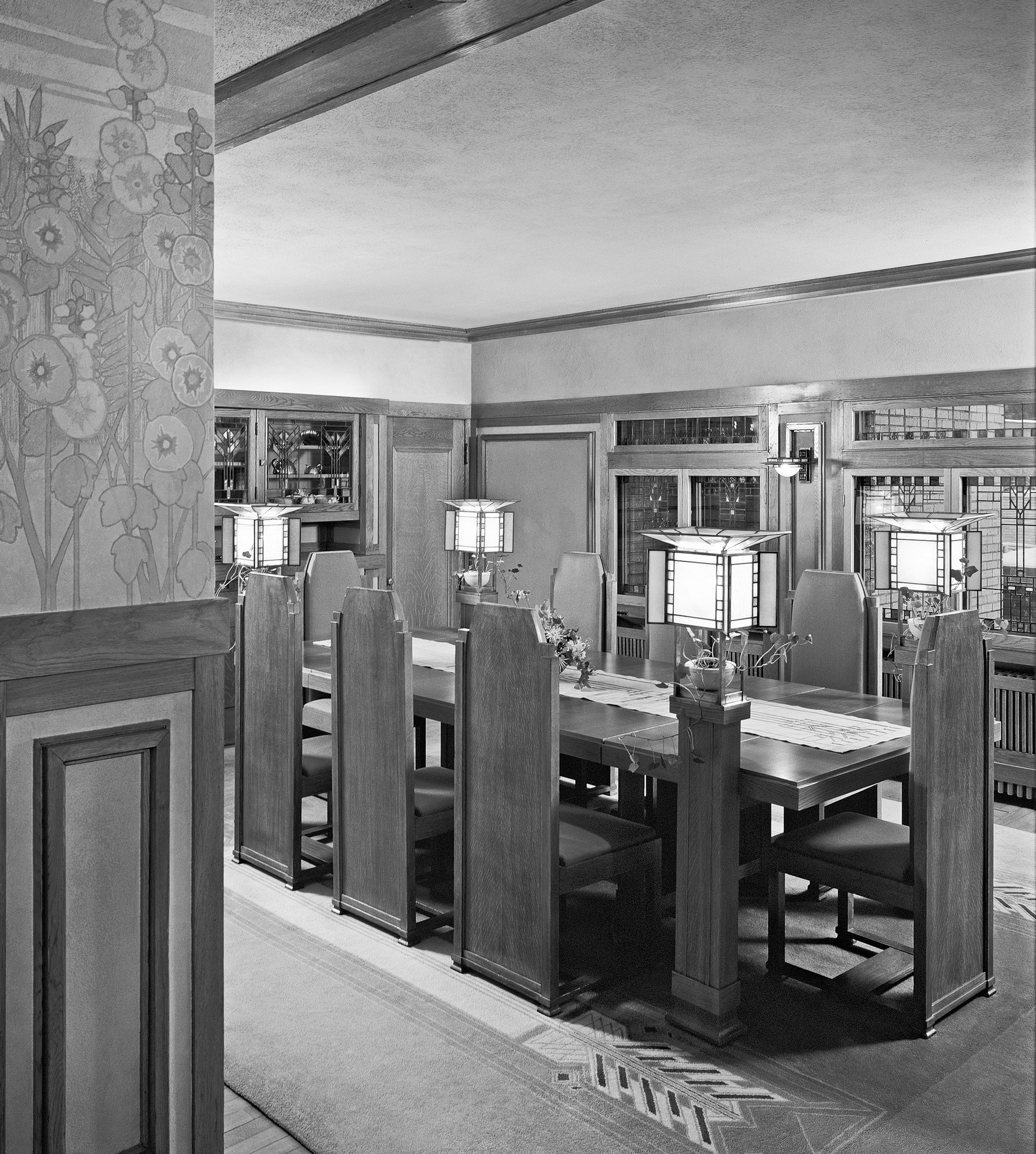
On the crawlingly slow way home to Spring Green that night (it was the Saturday local, a milk train, all he could get out of Chicago, and the thing seemed to buck to a halt at every two-bit town and junction and siding), he had sat nearly catatonic in a compartment in the buffet parlor car as newsboys in their woolen tams and plus fours kept running along the platforms at the larger stops, thrusting through the hot open windows their penny sheets with the big black banner headlines on them. Then, too, there were the reporters, those twenty-dollar-a-week parasites, hopping aboard all along the roughly one-hundred-and-seventy-five-mile route with their brutish cameras and those yellowed cards that barked PRESS slanted into the headbands of their bashed fedoras. They were coming down the aisle in almost frantic search for him, trying to shag a quote for the mornings edition. If they couldnt shag one, though, theyd make one up, no problem. This damn story had everything: an inferno fire right out of the Old Testament; peoples brains said to have been sliced open or crushed to pulp with some kind of hand axe or shingling tool; a Negro manservant in a white coat said to have been subserviently ladling the midday soup but whod somehow up and gone berserk; evenand this was the juiciest partall that innuendo and whispered rumor and barely suppressed gloating, its own kind of midwestern wildfire, about retribution, divine retribution, the Lords own justice against libertines, adulterers. Hadnt the wages of unrighteousness come home to roost for Frank Lloyd Wright, even if hed been personally spared from the flames and butchery? Maybe it was somehow better this way. Let it work on him for the rest of his days.
Prologue
Out of the Old Testament: August 15, 1914
Frank Lloyd Wright, with Taliesin Fellows, November 1937
In a way, this is a book about standing at stones.
Frank Lloyd Wright was born two years after the end of the Civil War and died not quite two years after the launch of Sputnikninety-one years and ten months on the earth. In the approximate middle of that near-century span, on August 15, 1914, when he was forty-seven, the greatest architect America has yet produced suffered a personal catastrophe that would have destroyed a man of lesser will and lesser ego, although perhaps that is just saying the same thing twice. A crazed black servant named Julian Carlton set fire to Wrights home, Taliesin, in Spring Green, Wisconsin, and went about murdering or fatally wounding seven people, one of whom was the woman Wright deeply loved and had been living with indecently for the past several years, even as his own decent (and denying) wife, down in Oak Park, Illinois, kept praying hed somehow come to his moral senses and return to his family. Now a blow had fallen like the lightning stroke, Wright wrote years later in his autobiography, which is one of the great memoirs of the twentieth century even if you must distrust it on every page. In thirty minutes the house and all in it had burned to the stone work or to the ground.
Five years before the blow fell, in the fall of 1909, having already revolutionized American architecture and produced what other artists might have considered a lifetimes worth of work, Wright had abandoned his practice and gone off to Europe with the freethinking Mamah Borthwick Cheney, who was both his Oak Park neighbor and his client. (Their homes were six streets apart, and the two families had mixed socially and in other ways as well.) It was not just a local scandal, condemned from pulpits and on editorial pages, but a regional outrage and in some ways a national one. She had forsaken her spouse and two little children, as he had forsaken his spouse and six children, the youngest of whom was a five-year-old. He said he was on a spiritual hegira. And now, after some relative quiet in their lives, and after fitful efforts at rebuilding a suspended career, on a late-summer Saturday afternoon, just as a world war was about to break out in Europe, in a stunning home cantilevered into a Wisconsin hillside, forty-five-year-old Mamah Borthwick (since her divorce, she had dropped her married name) was dead, no, not just dead, but slaughtered, in the most gruesome way, and so were those two children on whom she had earlier turned her back to go away with the man she loved.

